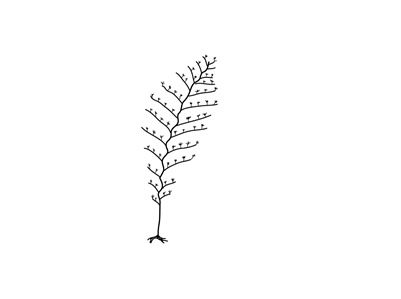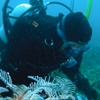General Description
Colony of individual polyps (hydranths) joined by root-like network of tubular stolons at the base. Colony shape is single stems. Colour: colourless to yellowish white, medusa colourless. At night the colonies bioluminesce blue. Up to 10 mm high.
Biology
Colonies of this common southern Australian species grow and become fertile in summer.
Habitat
On fronds of the brown kelps.
Reefs
Distribution guide
Worldwide. Southern Australia.
Species Group
Depth
Water Column
Max Size
10 cm
Diet
Plankton or Particles
Harmful
Generally not harmful but still able to sting bare skin.
Commercial Species
No
Global Dispersal
Recorded in Australia
Identify
Conservation Status
- DSE Advisory List : Not listed
- EPBC Act 1999 : Not listed
- IUCN Red List : Not listed





